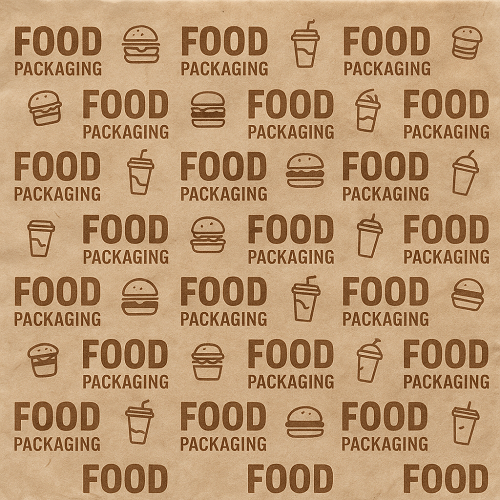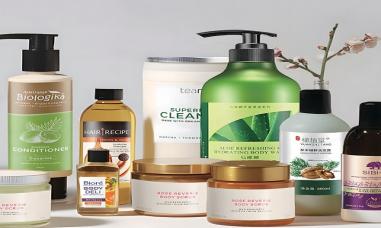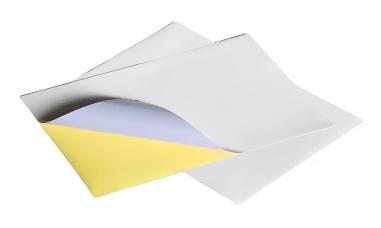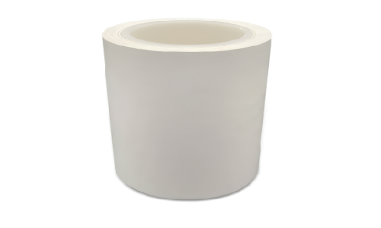Sustainable solutions for the future of food wrappers in the food industry
Food wrappers have become a key element in the shift towards more sustainable and environmentally friendly packaging solutions. With growing environmental concerns about plastic waste, consumers and businesses are turning to paper alternatives to meet regulatory requirements and customer expectations.
What is food wrapping paper?
Food wrapping paper is specially treated or coated paper used to safely package, store, and protect a variety of food products. It is grease- and moisture-resistant, heat-sealable, and food-safe, and is suitable for applications ranging from fast food wrappers and sandwich papers to bakery boxes and frozen food liners.
Benefits of using food wrapping paper
- Environmentally friendly and biodegradable: One of its main advantages is its impact on the environment. Unlike plastics, most food-grade papers are biodegradable, compostable, and often recyclable, reducing the burden on landfills and oceans.
- Versatility: Wrapping paper can be used to package hot and cold foods, oily snacks or dry goods. Textures, thicknesses, and coatings can be customized to meet the needs of the food industry without compromising functionality.
- Cost-effective and customizable: Paper packaging is often cost-competitive and easy to brand through printing. Companies can personalize packaging by adding logos, promotional messages, and designs that appeal to consumers.
- Consumer Awareness: Today's consumers are more environmentally conscious than ever before. Offering paper-based packaging is consistent with sustainable values and can enhance brand loyalty and boost company image.
Types of Food Wrapping Paper
- Greaseproof paper: suitable for burgers, fries, or baked goods, etc.
- Waxed paper: coated against moisture, often used for wrapping sandwiches or deli food.
- Kraft paper: strong and durable, ideal for bags or heavy-duty packaging.
- Baking paper: heat-resistant and non-stick, often used for baking or reheating.
Challenges and innovations
While paper-based packaging is more sustainable, there are some challenges, such as its lower barrier properties compared to plastic. Innovations in coating technology (using biodegradable polymers or natural materials) are helping to bridge this gap, extending shelf life and durability without compromising environmental values.
As the food industry continues to evolve, food wrappers stand out as a smart and sustainable choice. The role of paper packaging is set to increase significantly in the coming years as technology continues to advance and the global quest for environmentally friendly solutions grows. For businesses and consumers alike, choosing paper over plastic packaging is not just a trend; it's a step towards a greener, cleaner future.








































